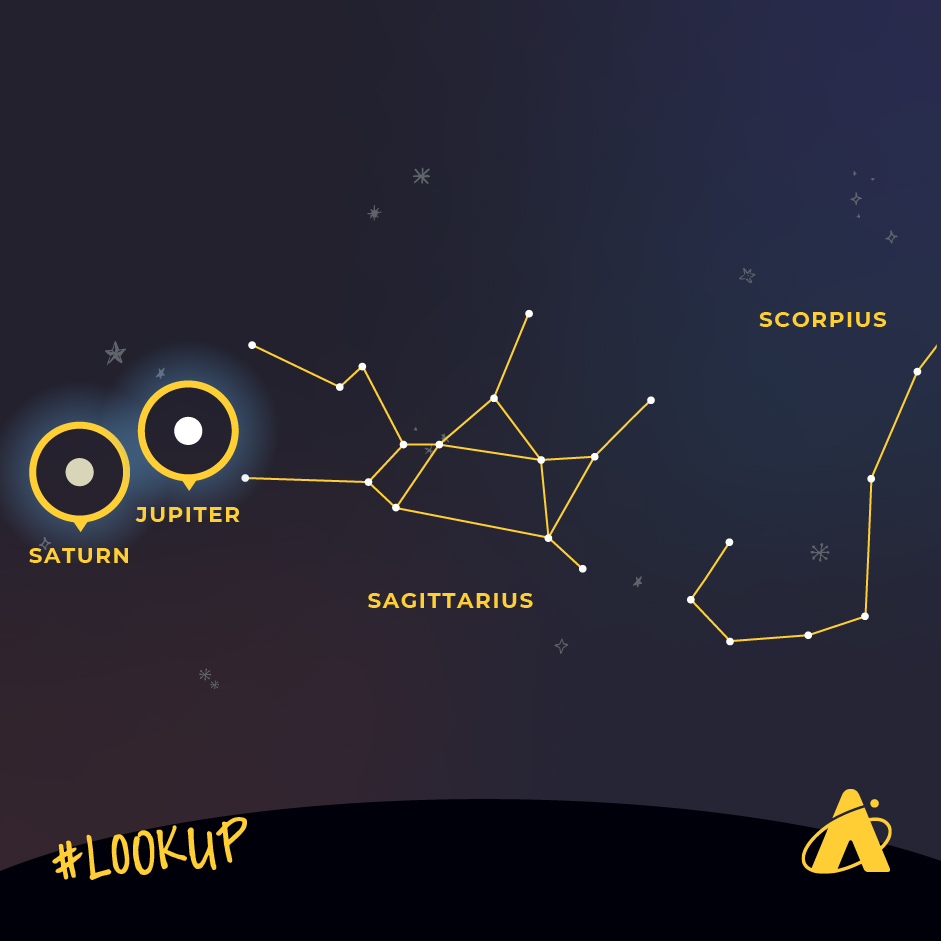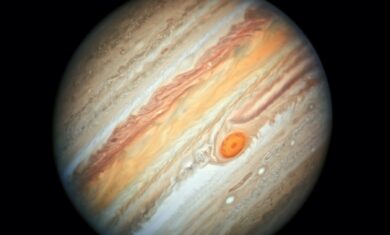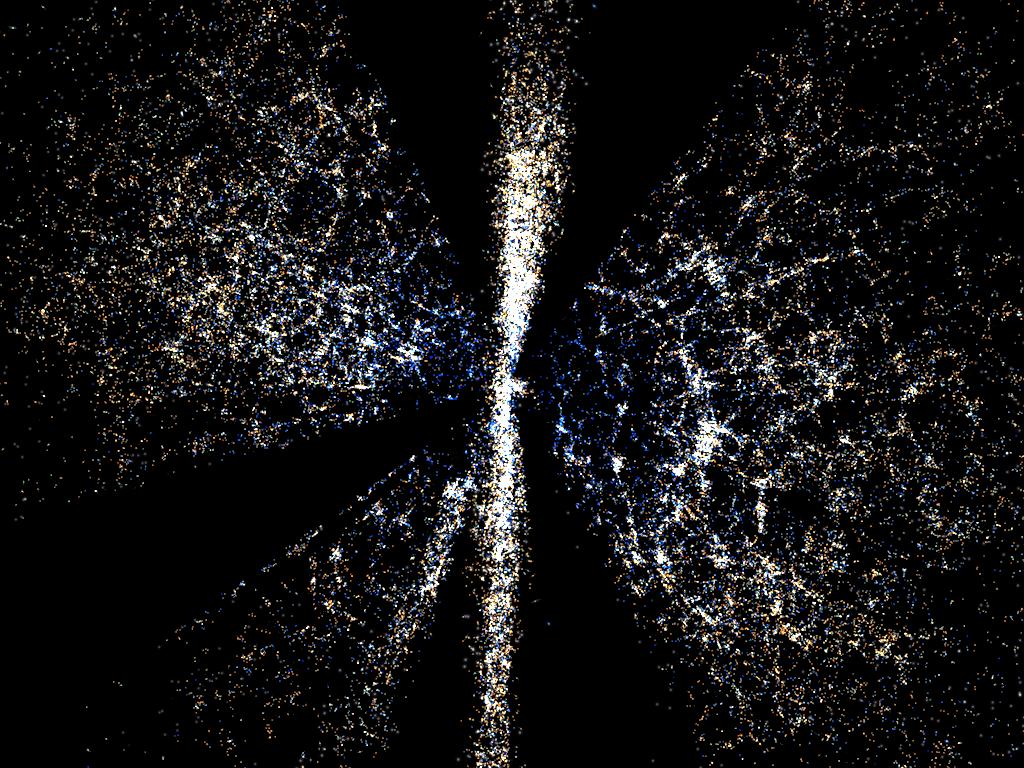Adler Skywatch: July 2020

Header Image: Look Up to see Jupiter and Saturn are among the stars of Sagittarius the Archer throughout July 2020.
With clear skies, a clear view to the eastern horizon, and good timing, you may be able to see all five naked-eye visible planets this month, July 2020.
The brilliant planet Jupiter starts the show, rising in the east-southeast as evening twilight ends. The not-as-brilliant but still-bright planet Saturn follows, less than ten degrees to the left of Jupiter. Around the midnight hours, the planetary pair is about 25 degrees high in the southern skies. The evening of the 5th and after midnight on the 6th, look for them just above a waning gibbous Moon. By the start of morning twilight, Jupiter and Saturn are low in the southwest sky.
Next up is the planet Mars, rising in the east about 12:30 a.m. CDT on the 1st, and around 11:30 p.m. CDT by the 31st. Not only does it rise earlier each night this month, it also gets a bit brighter each night, reaching minus-1 magnitude by month’s end. Mars gets higher in the sky this month than either Jupiter or Saturn, reaching nearly 50 degrees high in the southern sky by morning twilight.
Finally, the brightest planet, Venus, appears very low in the east as morning twilight starts. The first two weeks of the month, it floats near the triangular shaped asterism marking the head of the constellation Taurus. The morning of the 17th, a slender, waning crescent Moon appears to the left of Venus. It gets less than 30 degrees high in the eastern sky before dawn’s light makes the planet difficult to see.
From the 20th to the 27th, try looking about 25 degrees below and to the left of Venus, barely ten degrees above the east-northeast horizon. If you have a clear sky and good sight lines, you may be able to spot the planet Mercury. It’s nowhere near as bright as Venus, but it’s almost as bright as Mars, now high up in the sky. Stop looking for Mercury before the Sun actually rises; looking at the Sun can cause permanent eye damage.
In lunar-news: the night of the 4th and the early-morning darkness of the 5th, a penumbral lunar eclipse occurs. But don’t expect a “blood-moon”—the informal name for the rusty-colored Moon that occurs during total lunar eclipses. In this eclipse the Moon will be in the partial, lighter, penumbral shadow of Earth; and not the darker, umbral shadow that results in a total lunar eclipse. Thus, the Full Moon may appear a little less bright for a while; many people may not even notice the difference. In the Chicago area, this penumbral lunar eclipse is expected to run from about 10:10 p.m. CDT on the 4 to just before 1:00 a.m. CDT on the 5.
You may recall there was a solar eclipse—visible from the other side of Earth—last month. That’s not a fluke: eclipses come in pairs, with a solar eclipse and a lunar eclipse happening about two weeks apart. Later this year, there will be another pair of eclipses: another penumbral lunar eclipse starting the night of November 29, and a total solar eclipse on December 14, visible only in parts of the Southern Hemisphere and sadly, not in Chicago.
Full Moon: July 4th
Last Quarter Moon: July 12th
New Moon: July 20th
First Quarter Moon: July 27th
Please note that these descriptions are for the Chicago area, using Central time.







